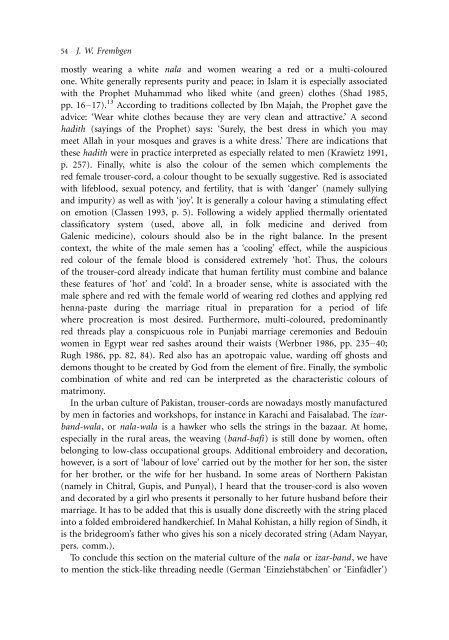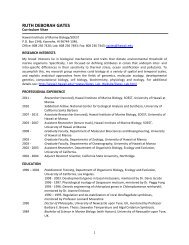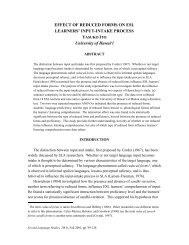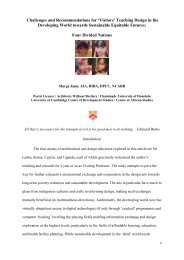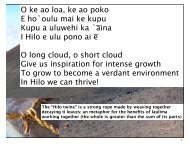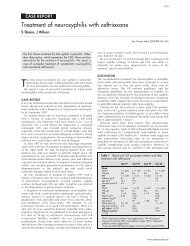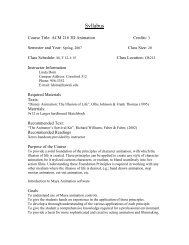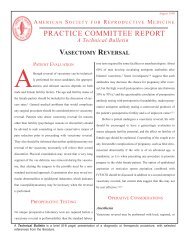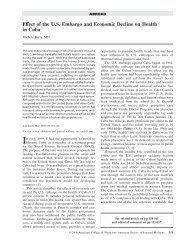Tying and Untying the Trouser-Cord - University of Hawaii
Tying and Untying the Trouser-Cord - University of Hawaii
Tying and Untying the Trouser-Cord - University of Hawaii
You also want an ePaper? Increase the reach of your titles
YUMPU automatically turns print PDFs into web optimized ePapers that Google loves.
54 J. W. Frembgen<br />
mostly wearing a white nala <strong>and</strong> women wearing a red or a multi-coloured<br />
one. White generally represents purity <strong>and</strong> peace; in Islam it is especially associated<br />
with <strong>the</strong> Prophet Muhammad who liked white (<strong>and</strong> green) clo<strong>the</strong>s (Shad 1985,<br />
pp. 16 /17). 13 According to traditions collected by Ibn Majah, <strong>the</strong> Prophet gave <strong>the</strong><br />
advice: ‘Wear white clo<strong>the</strong>s because <strong>the</strong>y are very clean <strong>and</strong> attractive.’ A second<br />
hadith (sayings <strong>of</strong> <strong>the</strong> Prophet) says: ‘Surely, <strong>the</strong> best dress in which you may<br />
meet Allah in your mosques <strong>and</strong> graves is a white dress.’ There are indications that<br />
<strong>the</strong>se hadith were in practice interpreted as especially related to men (Krawietz 1991,<br />
p. 257). Finally, white is also <strong>the</strong> colour <strong>of</strong> <strong>the</strong> semen which complements <strong>the</strong><br />
red female trouser-cord, a colour thought to be sexually suggestive. Red is associated<br />
with lifeblood, sexual potency, <strong>and</strong> fertility, that is with ‘danger’ (namely sullying<br />
<strong>and</strong> impurity) as well as with ‘joy’. It is generally a colour having a stimulating effect<br />
on emotion (Classen 1993, p. 5). Following a widely applied <strong>the</strong>rmally orientated<br />
classificatory system (used, above all, in folk medicine <strong>and</strong> derived from<br />
Galenic medicine), colours should also be in <strong>the</strong> right balance. In <strong>the</strong> present<br />
context, <strong>the</strong> white <strong>of</strong> <strong>the</strong> male semen has a ‘cooling’ effect, while <strong>the</strong> auspicious<br />
red colour <strong>of</strong> <strong>the</strong> female blood is considered extremely ‘hot’. Thus, <strong>the</strong> colours<br />
<strong>of</strong> <strong>the</strong> trouser-cord already indicate that human fertility must combine <strong>and</strong> balance<br />
<strong>the</strong>se features <strong>of</strong> ‘hot’ <strong>and</strong> ‘cold’. In a broader sense, white is associated with <strong>the</strong><br />
male sphere <strong>and</strong> red with <strong>the</strong> female world <strong>of</strong> wearing red clo<strong>the</strong>s <strong>and</strong> applying red<br />
henna-paste during <strong>the</strong> marriage ritual in preparation for a period <strong>of</strong> life<br />
where procreation is most desired. Fur<strong>the</strong>rmore, multi-coloured, predominantly<br />
red threads play a conspicuous role in Punjabi marriage ceremonies <strong>and</strong> Bedouin<br />
women in Egypt wear red sashes around <strong>the</strong>ir waists (Werbner 1986, pp. 235 /40;<br />
Rugh 1986, pp. 82, 84). Red also has an apotropaic value, warding <strong>of</strong>f ghosts <strong>and</strong><br />
demons thought to be created by God from <strong>the</strong> element <strong>of</strong> fire. Finally, <strong>the</strong> symbolic<br />
combination <strong>of</strong> white <strong>and</strong> red can be interpreted as <strong>the</strong> characteristic colours <strong>of</strong><br />
matrimony.<br />
In <strong>the</strong> urban culture <strong>of</strong> Pakistan, trouser-cords are nowadays mostly manufactured<br />
by men in factories <strong>and</strong> workshops, for instance in Karachi <strong>and</strong> Faisalabad. The izarb<strong>and</strong>-wala,<br />
ornala-wala is a hawker who sells <strong>the</strong> strings in <strong>the</strong> bazaar. At home,<br />
especially in <strong>the</strong> rural areas, <strong>the</strong> weaving (b<strong>and</strong>-bafi) is still done by women, <strong>of</strong>ten<br />
belonging to low-class occupational groups. Additional embroidery <strong>and</strong> decoration,<br />
however, is a sort <strong>of</strong> ‘labour <strong>of</strong> love’ carried out by <strong>the</strong> mo<strong>the</strong>r for her son, <strong>the</strong> sister<br />
for her bro<strong>the</strong>r, or <strong>the</strong> wife for her husb<strong>and</strong>. In some areas <strong>of</strong> Nor<strong>the</strong>rn Pakistan<br />
(namely in Chitral, Gupis, <strong>and</strong> Punyal), I heard that <strong>the</strong> trouser-cord is also woven<br />
<strong>and</strong> decorated by a girl who presents it personally to her future husb<strong>and</strong> before <strong>the</strong>ir<br />
marriage. It has to be added that this is usually done discreetly with <strong>the</strong> string placed<br />
into a folded embroidered h<strong>and</strong>kerchief. In Mahal Kohistan, a hilly region <strong>of</strong> Sindh, it<br />
is <strong>the</strong> bridegroom’s fa<strong>the</strong>r who gives his son a nicely decorated string (Adam Nayyar,<br />
pers. comm.).<br />
To conclude this section on <strong>the</strong> material culture <strong>of</strong> <strong>the</strong> nala or izar-b<strong>and</strong>, we have<br />
to mention <strong>the</strong> stick-like threading needle (German ‘Einziehstäbchen’ or ‘Einfädler’)


